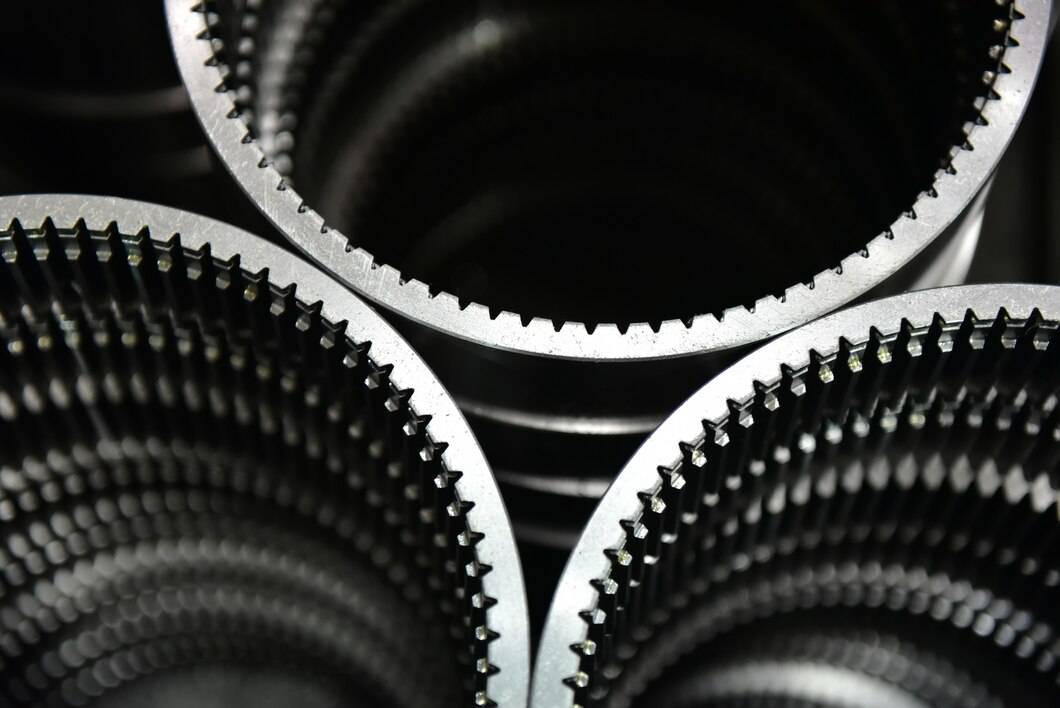
Sponsored article
Curious about how your vehicle’s turbocharger functions? It’s the minute components like nozzle rings that make a massive difference. Through this guide, we’ll dive deep into understanding why these small but significant parts are indispensable for a turbocharger’s performance. We’ll stride from their basic role, their operation, to the ramifications of any damage or faultiness. Tie your seat belts as we journey through this exciting world.
The basics of turbocharger nozzle rings are fundamental to understanding how turbochargers function, greatly influencing your vehicle’s power efficiency. Nozzle rings are vital components of turbochargers, with their main role being to control the flow of exhaust gases into the turbine wheel.
These integral parts manage the conversion of exhaust gas energy into kinetic energy, contributing to increased engine power. By regulating the velocity and direction of exhaust gases, nozzle rings ensure your turbocharger runs optimally, setting the stage for the more complex workings and components of your turbocharger system. If you want to know more about the role of a turbocharger nozzle ring, feel free to visit the link.
Nozzle rings play a pivotal role in enhancing turbocharger performance. Located within the turbo, they constitute the variable geometry of the turbocharger, an innovative feature designed for performance optimization. These rings function to control the turbocharger’s turbine’s gas flow, affecting the operational efficiency of the turbocharger.
During operation, the nozzle rings adjust according to the engine’s needs. At low speeds, the turbine’s speed increases, improving the engine’s responsiveness, while at high speeds, they open more to reduce back pressure. Thus, the intelligent design of nozzle rings enables them to maximize power output while contributing to overall turbocharger performance.
Nozzle ring damage should not be taken lightly as it can have a sizeable impact on the efficiency of a turbocharger. The health of your nozzle ring plays a vital role in controlling the flow of exhaust gases to the turbine wheel. Damages or faults to the nozzle ring can lead to turbocharger issues such as reduced torque, fuel inefficiency, and even a complete failure of your turbocharger system.
Such problems could cause a noticeable drop in your vehicle’s performance and eventually result in costly repair or replacement work. Therefore, identifying the signs of nozzle ring damage early and seek professional help can drastically reduce impacts on your vehicle’s turbocharger and keep it functioning at peak capacity.